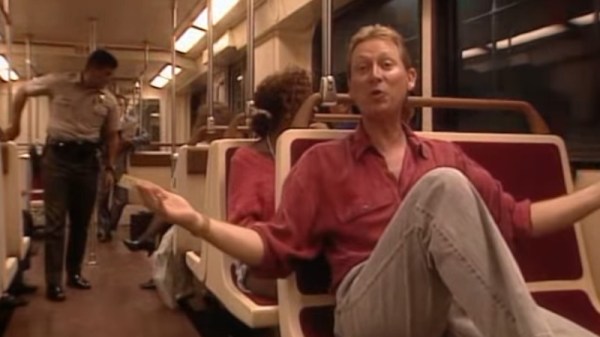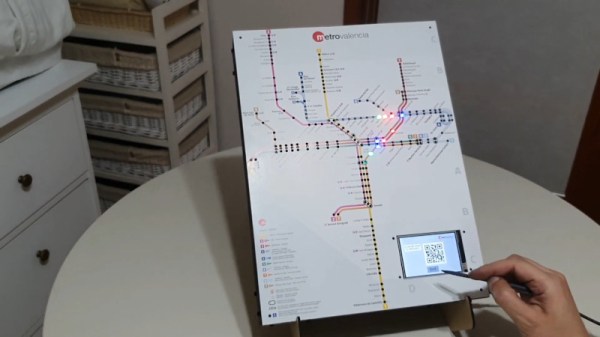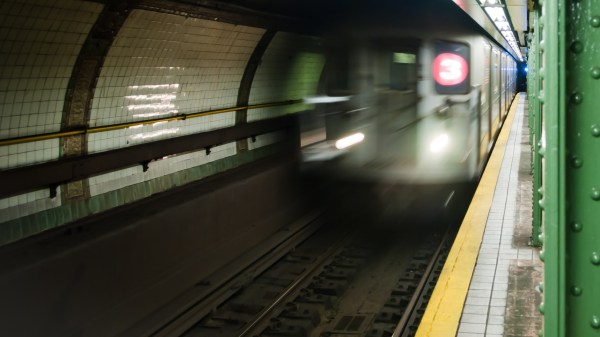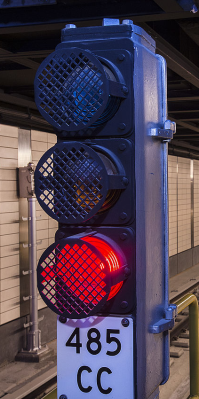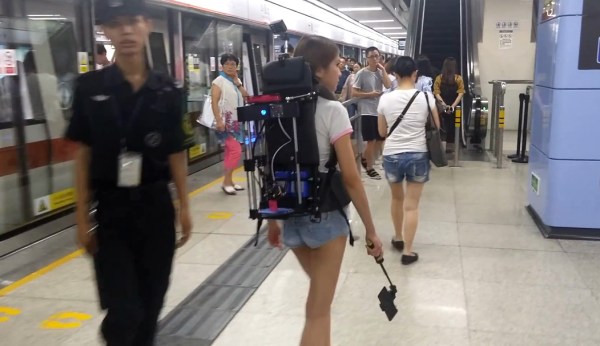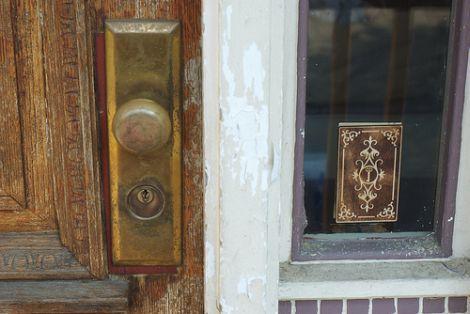Public transit seats have a rough life. Enduring a number of wear cycles that would make your sofa weep, they take a beating and have to keep looking presentable. When trains and buses are retired, where do the old seats go? A team from the MIT Hobby Shop investigated what was happening to the seats from retiring MBTA Red Line cars and recycled them into stylish chairs.
After some sleuthing and many emails, the MBTA relinquished a number of old subway seats to the team. Since the subway seats didn’t have legs, wood from old church pews was used to create bases. It took one pew end support to create each set of legs, which were cut out on a bandsaw. The old dark stain was sanded off, and the bases were finished with three coats of gel topcoat, letting the natural beauty of the old oak shine through.
We love seeing old things given new life here at Hackaday. If you want to see some more recycled furniture, check out this tire table, this upcycled jeans chair, or these best practices for making box forts.


